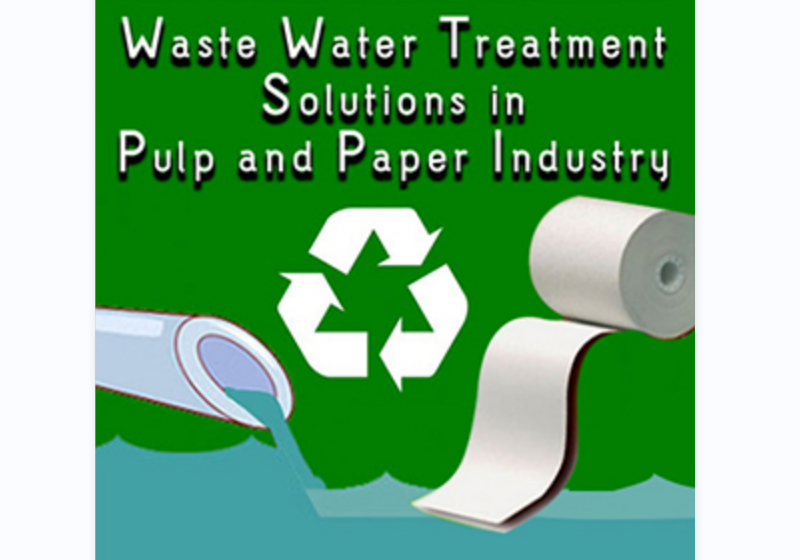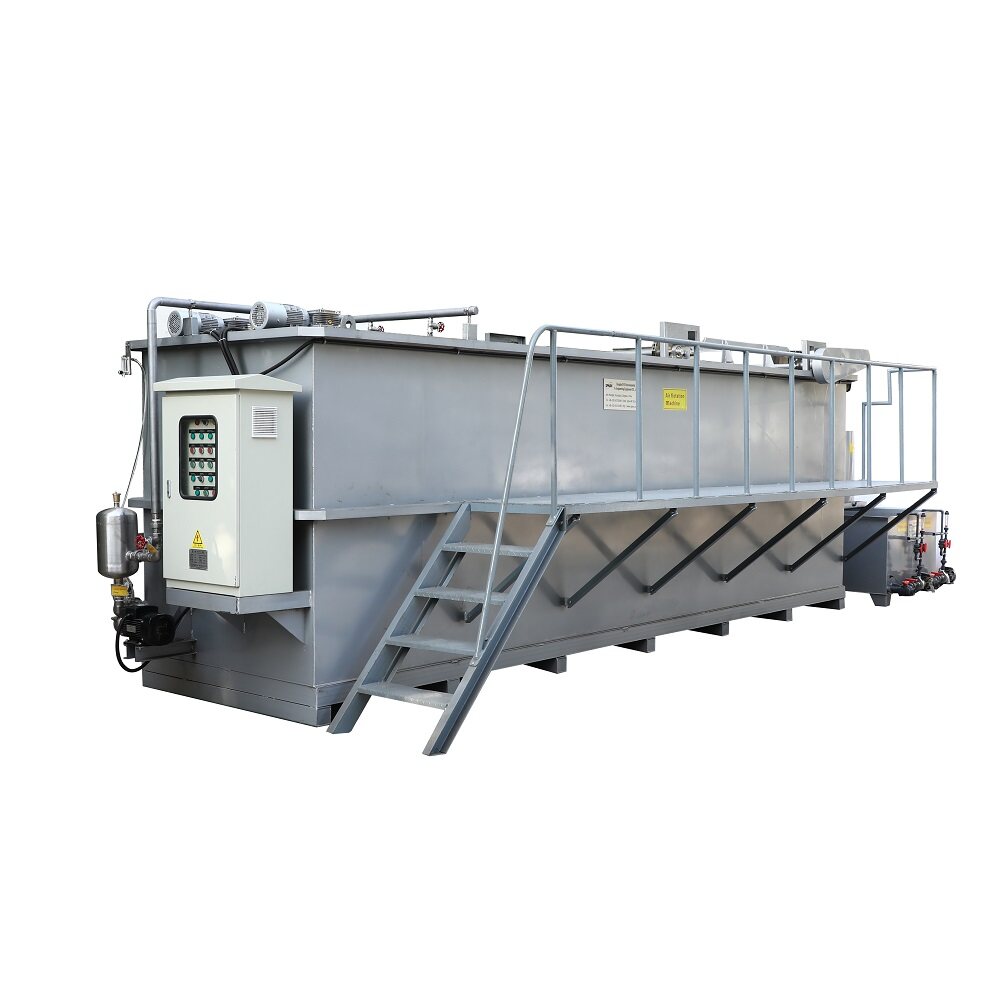Papermaking Processing Wastewater
There are 12 kinds of typical wastewater sewage water, including:
- Starch Processing Wastewater
- Juice Processing Wastewater
- Hospital Wastewater Sewage Water
- Dairy/Milk Processing Wastewater
- Beer Processing Wastewater
- Papermaking Processing Wastewater
- Slaughtering Wastewater
- Pickle Processing Wastewater
- Monosodium Glutamate Processing Wastewater
- Beverage Processing Wastewater
- Saponin Processing Wastewater
- Community Domestic Sewage Water
Papermaking Processing Wastewater
Source of Wastewater
Most of the waste paper is made of old books, old newspapers and cartons, among which there are many chemical pollutants such as fine fibers and ink. The greater the demand for water in the papermaking process, the more wastewater products will be generated accordingly.
Features of Wastewater
Due to its high chemical oxygen demand (COD), total suspended solids content (SS), poor biodegradability and various types of organic pollutants, papermaking wastewater cannot be mixed with conventional urban sewage for treatment.
Chemical additives used in the process of pulping, bleaching, washing, and papermaking will be discharged with water. The composition of papermaking wastewater is complex and toxic. There are about 89 kinds of organic pollutants in papermaking wastewater, and its biodegradability is also worse than other sewage.
Treatment Process Selection of Wastewater
Sedimentation or Air Flotation System
Anaerobic Biological Process
The anaerobic internal circulation (IC) reactor can remove 93.8% COD and 97.6% SS, but the IC reactor has high requirements for the pH value of water quality, so a pre-acidification tank is set in front of the IC reactor to ensure the pH condition required before the wastewater enters the IC reactor.
The advantage of IC reactor is that it can separate the solid, liquid and gas phases, and has the function of internal circulation stirring and high rising flow rate. It can flush the solid impurities in papermaking wastewater, such as fiber and calcium, out of the reactor, so that the reactor can operate stably for a long time.
Aerobic Biological Process
Compared with the ordinary activated sludge process, the biofilm process in the aerobic treatment process has the characteristics of small floor area, strong treatment capacity and shock load resistance. Relevant research shows that suspended carrier biofilm reactor (SCBR) can effectively remove chronic toxic substances in wastewater.
The treatment of papermaking wastewater by biofilm method is more suitable for the wastewater treatment of small and medium-sized enterprises.
Hydrolytic acidification-aerobic biological treatment process is used to treat the black liquor. The refractory fibrous substances in the black liquor are first recovered through the inclined screen, and then converted into insoluble substances by acid precipitation for easy separation. Under the adsorption and hydrolytic acidification of high concentration facultative microorganisms, the macromolecular refractory organic substances are converted into small molecular easily degradable organic substances, which are then biodegraded by aerobic aeration tank, and finally reach the effluent standard.
Combination of Anaerobic and Aerobic Reactors
The combination of anaerobic and aerobic treatment technology has a good effect on the treatment of papermaking wastewater. The system operates stably, and the removal of pollutants in it is easier to meet the discharge standard.
The combination of anaerobic-aerobic activated sludge process can effectively remove pollutants. At the same time, wastewater reuse and production process transformation can save 80.9%~86.7% of water consumption. The activated sludge process is used as anaerobic post-treatment process, which has strong operability, stable operation and low energy consumption.
Advanced Oxidation System
The advantage of this technology is that it can completely destroy the toxic and refractory substances in industrial sewage, with fast reaction speed and no secondary pollution, but it requires high equipment requirements and large investment.
Using Fenton oxidation technology, the removal rate of CODcr in straw pulping and papermaking middle-end wastewater can reach 78%, and the removal rate of chroma can reach about 98%. There is a large amount of iron ions in the final effluent of Fenton oxidation technology, which needs to be combined with Fe recovery process later.
Electrocatalytic advanced oxidation technology is to use electric field to produce hydroxide ions directly or indirectly through catalytic active electrode reaction, use hydroxide ions to attack organic molecules, convert refractory organic substances into biodegradable organic substances, or "burn" organic substances into harmless inorganic substances such as CO2 and H2O under the action of electric field. Electrocatalytic advanced oxidation technology has high energy requirements and load. Although it is excellent in treatment efficiency, its treatment cost is too high for small and medium-sized paper mills.
#QDEVU #WATERTREATMENT #WASTEWATERTREATMENT #SEWAGETREATMENT #SEWAGEWATERTREATMENT #BIOLOGICALTREATMENT #ACTIVEDSLUDGE #DISSOLVEDAIRFLOTATION #DAF
Visit www.evuchina.com for more informations!




